Chromogenic Object View
Chromogenic photographic prints may have a cellulose acetate, fiber-based, resin coated, polyester, or laminate support. The first chromogenic materials were transparency materials on clear cellulose acetate. Agfa and Kodak produced reversal print materials on white pigmented cellulose acetate bases that were printed directly from transparency film using the same technology as the transparency materials; Agfacolor Printon was available from 1943-1981 and Kodak Minicolor and Kotavachrome were introduced in 1941 and renamed Kodachrome print in 1946. Kodacolor by Kodak was the first printing paper printed from negative film. Introduced in 1942, this paper as well as subsequent papers made by Kodak and other manufacturers had fiber-based supports consisting of a paper support, thick baryta layer, and the emulsion layers. Fiber-based supports were produced as late as 1971, though they were mostly displaced by resin coated supports, which were introduced in 1968 in the United States and 1970 in Europe. These papers consist of a paper support sandwiched between polyethylene layers. The top layer is pigmented with titanium dioxide which serves the same purpose as the baryta layer. Encapsulating the paper in plastic allowed for faster processing. Though less common, polyester supports for prints were introduced in 1979 and Laminate papers with proprietary multi-layer base were introduced in 1999.
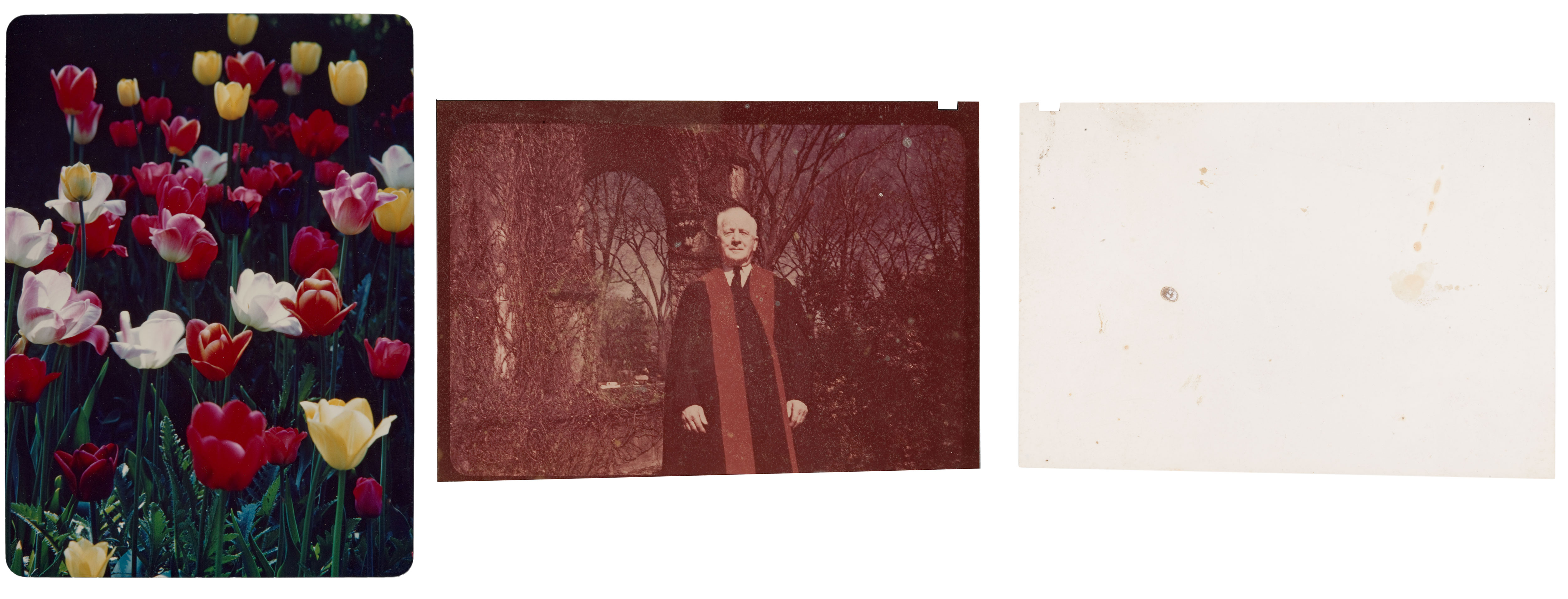
This Kodachrome and Ansco Printon prints have cellulose acetate plastic supports. The back of the support may show discoloration.
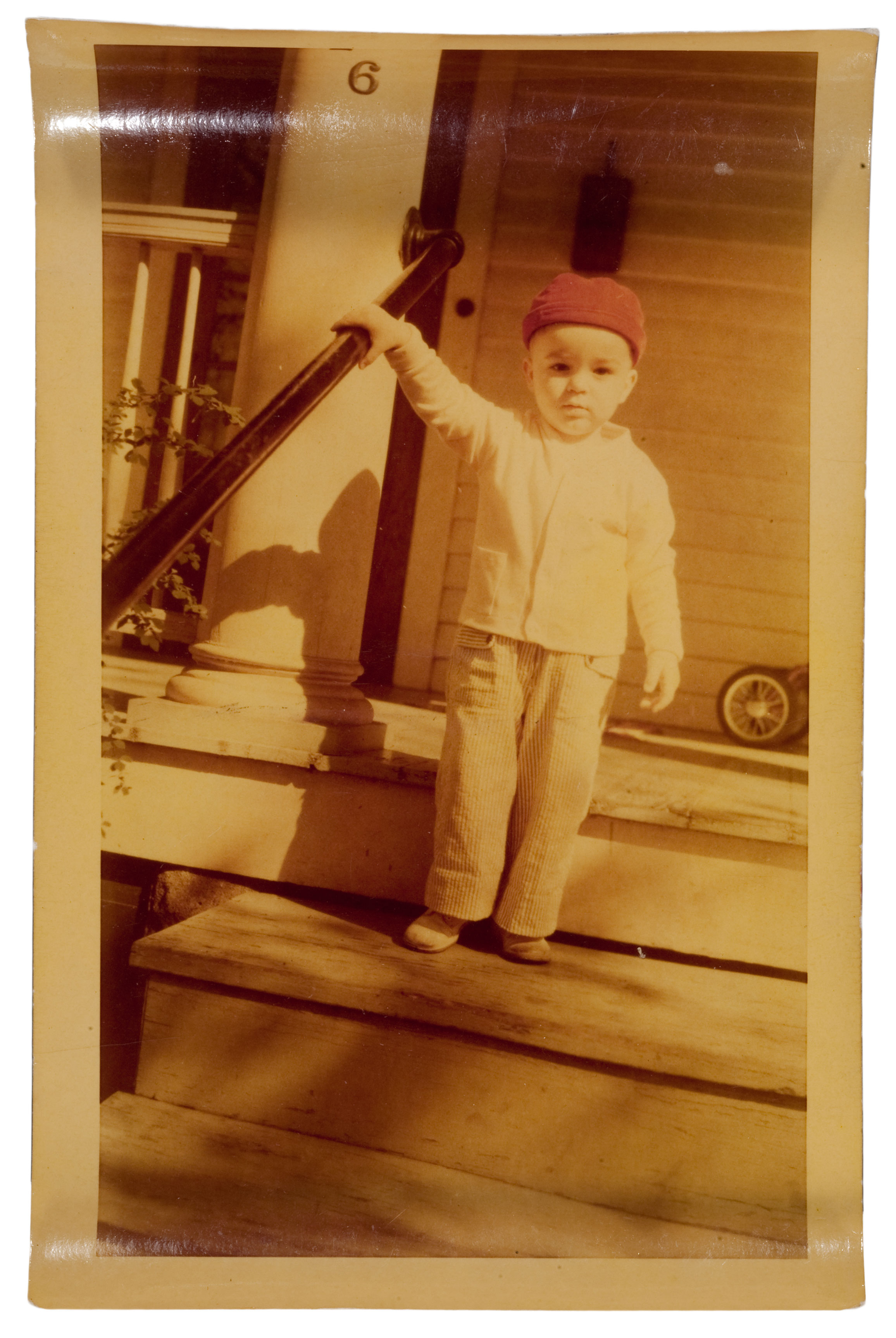
Fiber-based prints have a paper support and may have a slight curl.
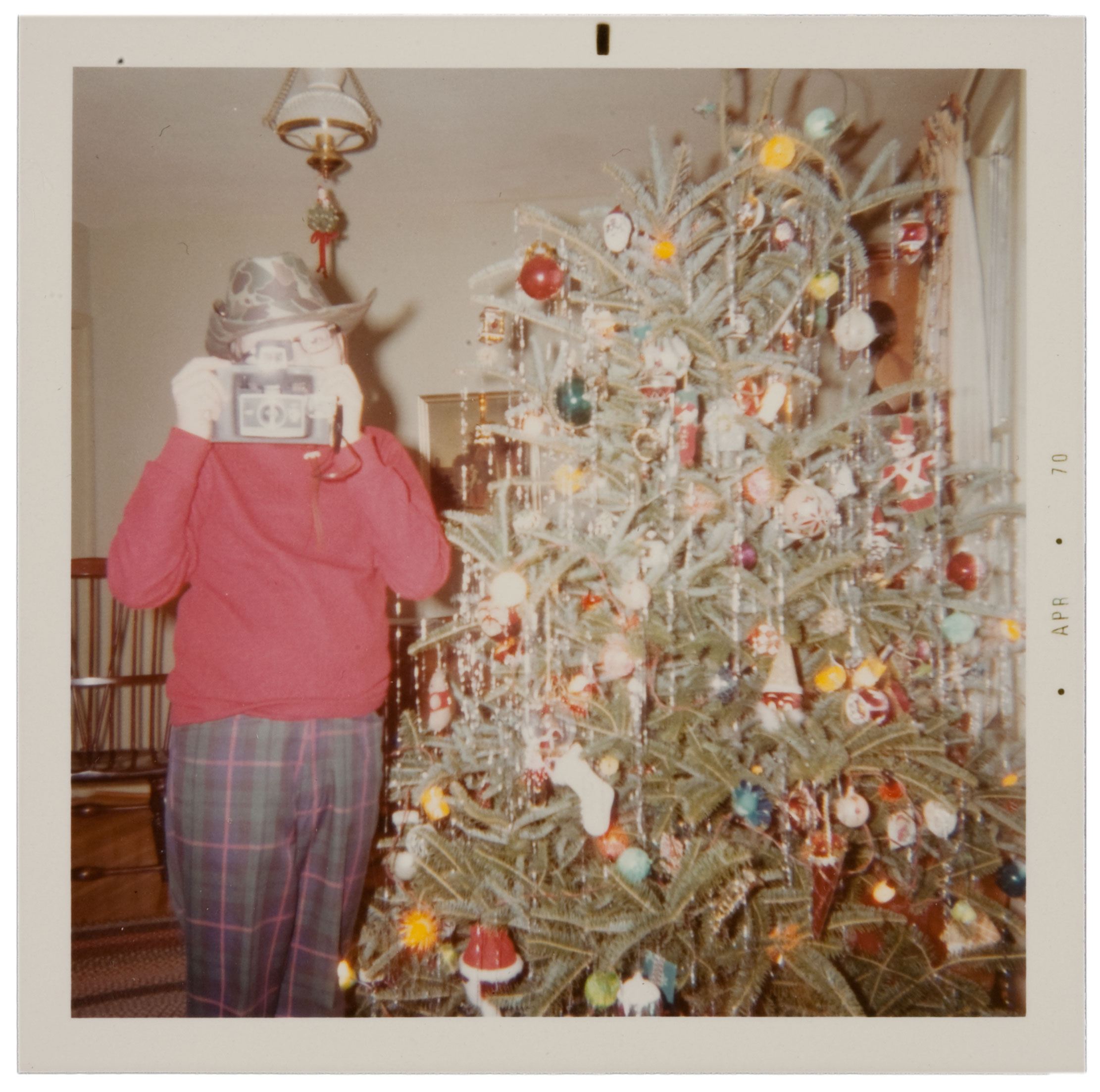
Resin-coated supports have a smooth plastic back.
Internal coupler materials have historically been fraught with problems in relation to color stability and typically exhibit overall fading and a shift in color due to one dye fading more rapidly than others. The dyes fade when exposed to light as well as in dark storage. Cyan dyes tend to fade in dark leaving prints overall magenta while magenta dyes tend to light fade leaving prints overall blue or blue-green. In addition, the residual, unreacted magenta couplers are also unstable resulting in yellowish discoloration of the highlights and borders. Early prints made from 1942 to the mid-1950s have very poor dye stability and exhibit extreme yellow discoloration of the residual magenta couplers. The yellow dye is very unstable and the cyan exhibited a 30% dye loss after 5 to 7 years leaving only magenta dye, which also exhibits loss of density. Prints made between 1954 and 1959 have reduced coupler staining, though discoloration is still present. These prints will appear overall magenta due to loss of cyan and yellow dye. Between 1959 and 1968 dramatic improvements were made to the stability of the dyes as well as the couplers. These prints will exhibit very slight yellow discoloration of borders and highlights. Depending on storage and display history, they may show only slight color shift and fading. Resin coated (RC) papers, introduced in 1968, had poor dye stability and were prone to cracking. These papers were improved significantly by the 1980s so that prints make in the 1980s and later will have minimal deterioration depending on display and storage history. .
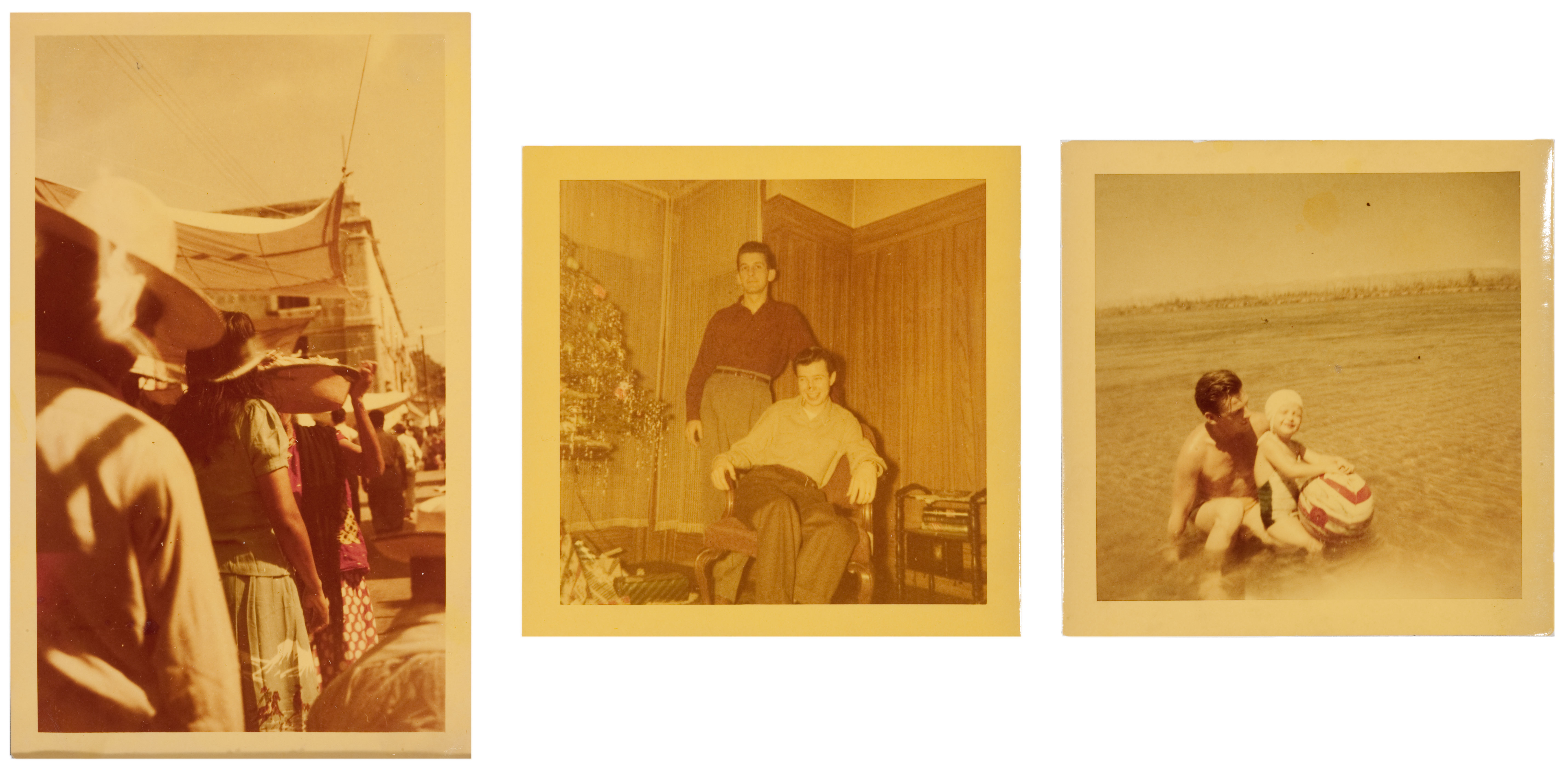
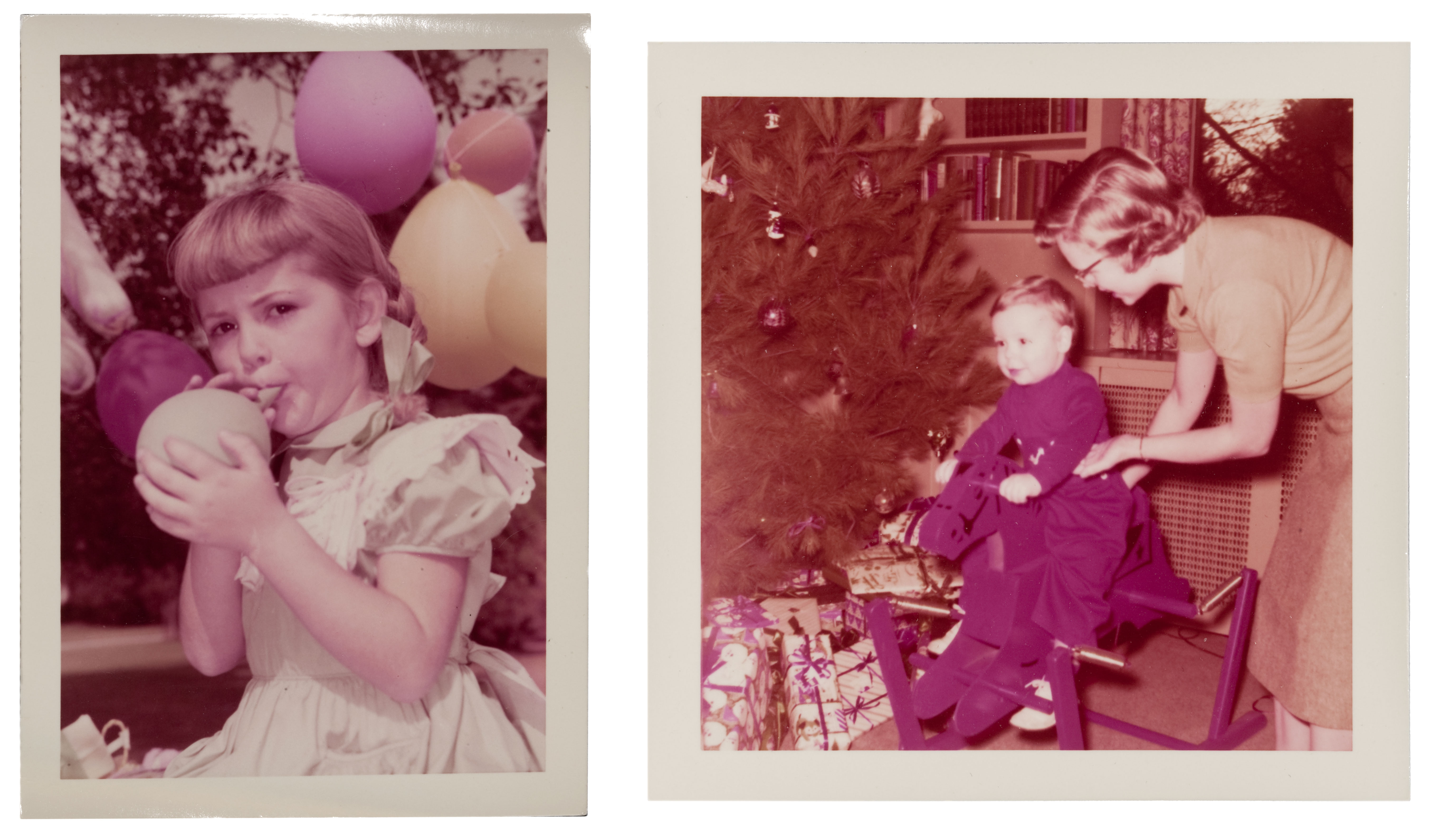
These prints from 1955 and 1958, respectively, have an overall magenta cast due to dye fading. They also have very yellow borders and highlights due to coupler staining.
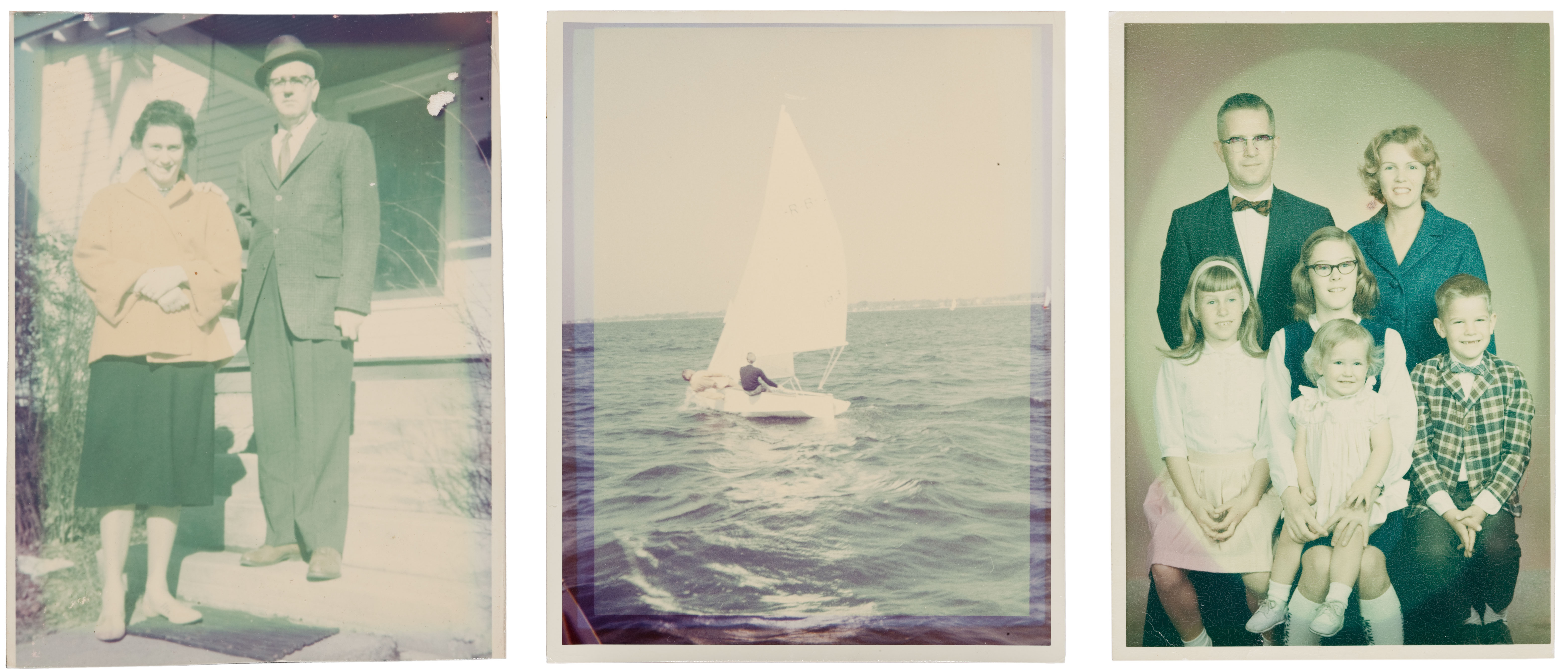
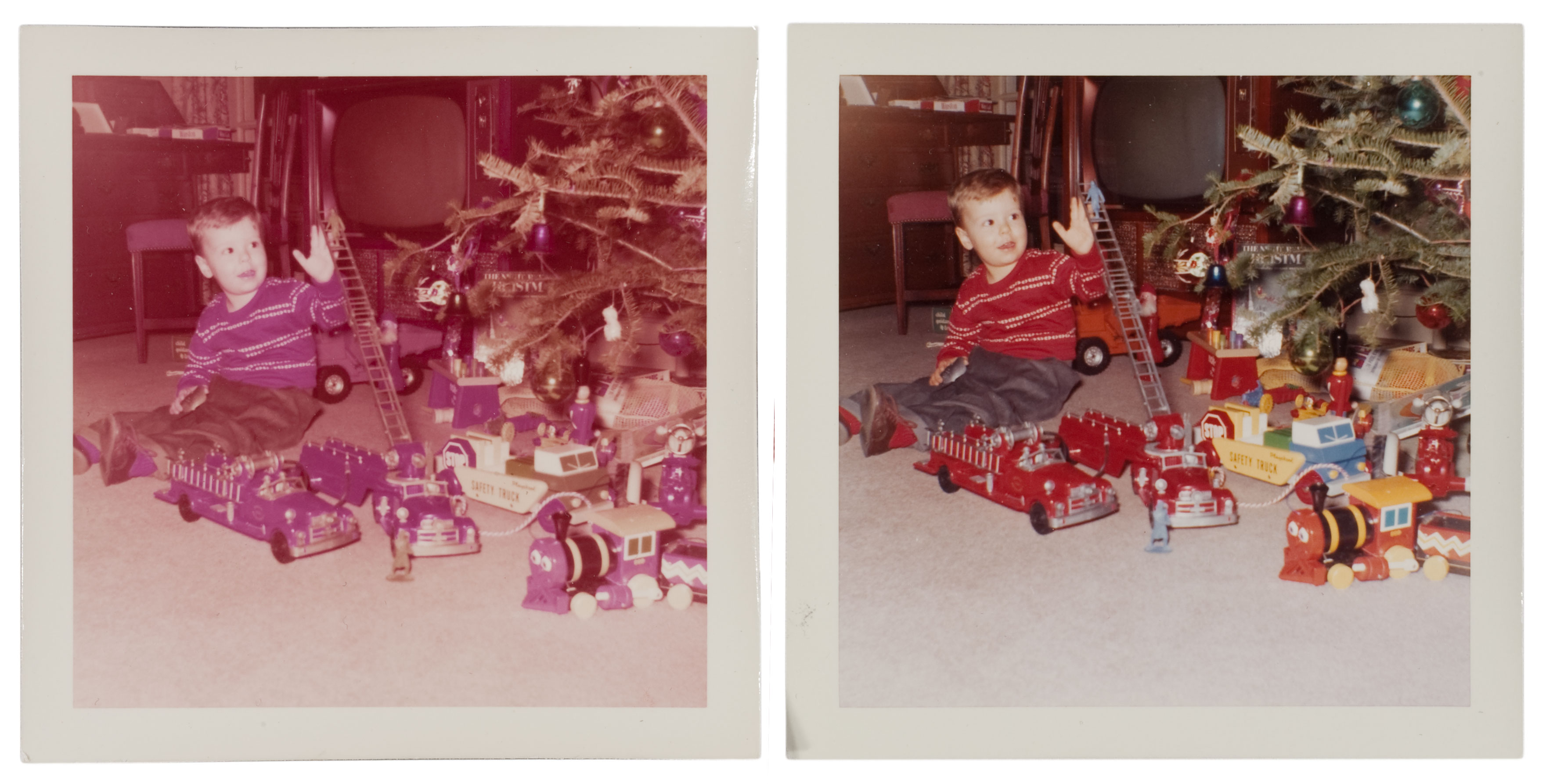

Manufacturers made major improvements in dye stability beginning in 1959. These prints were made in 1959, 1961, and 1967.
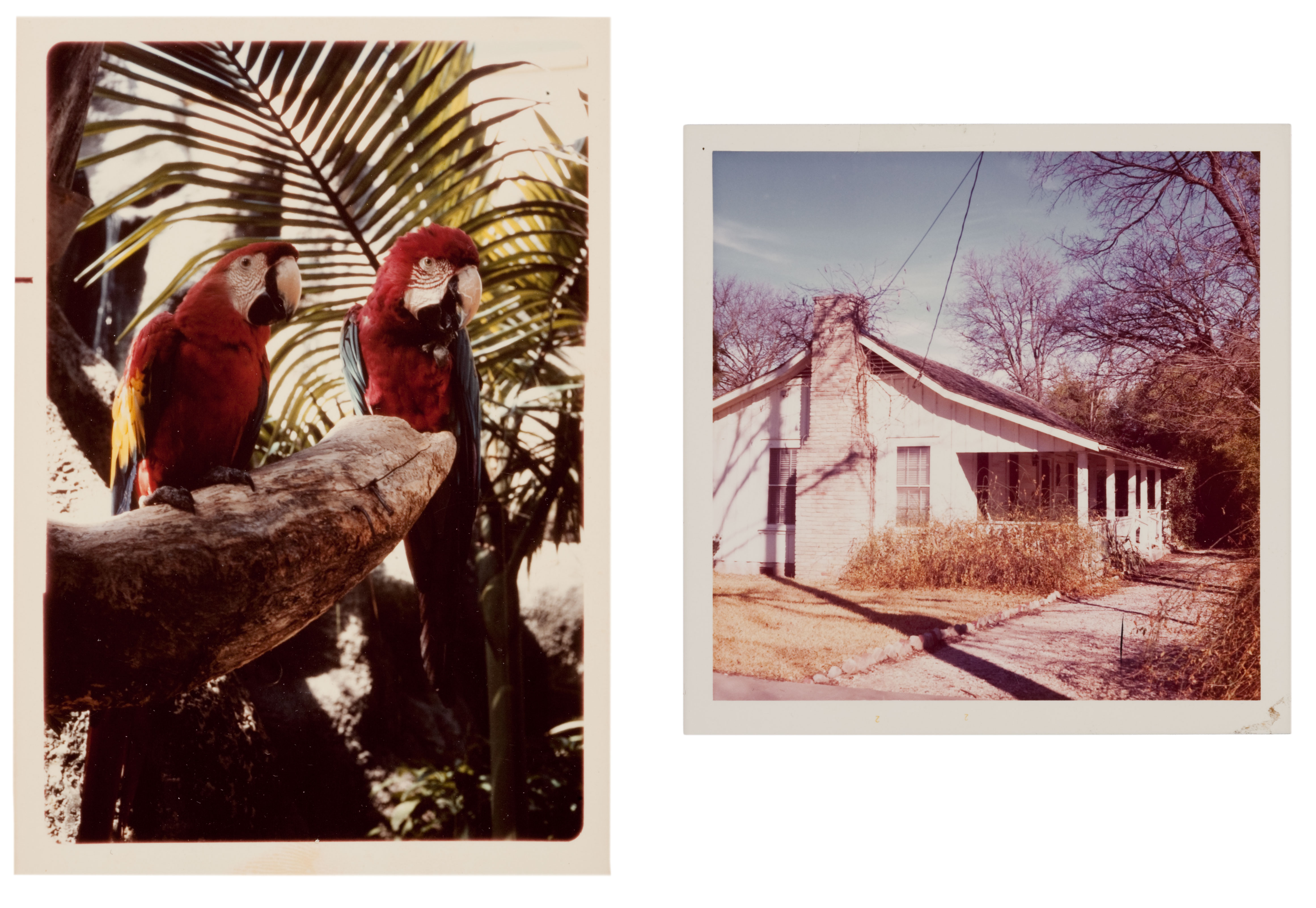
Resin coated prints typically have better dye stability. This early RC print shows some fading and yellow borders.
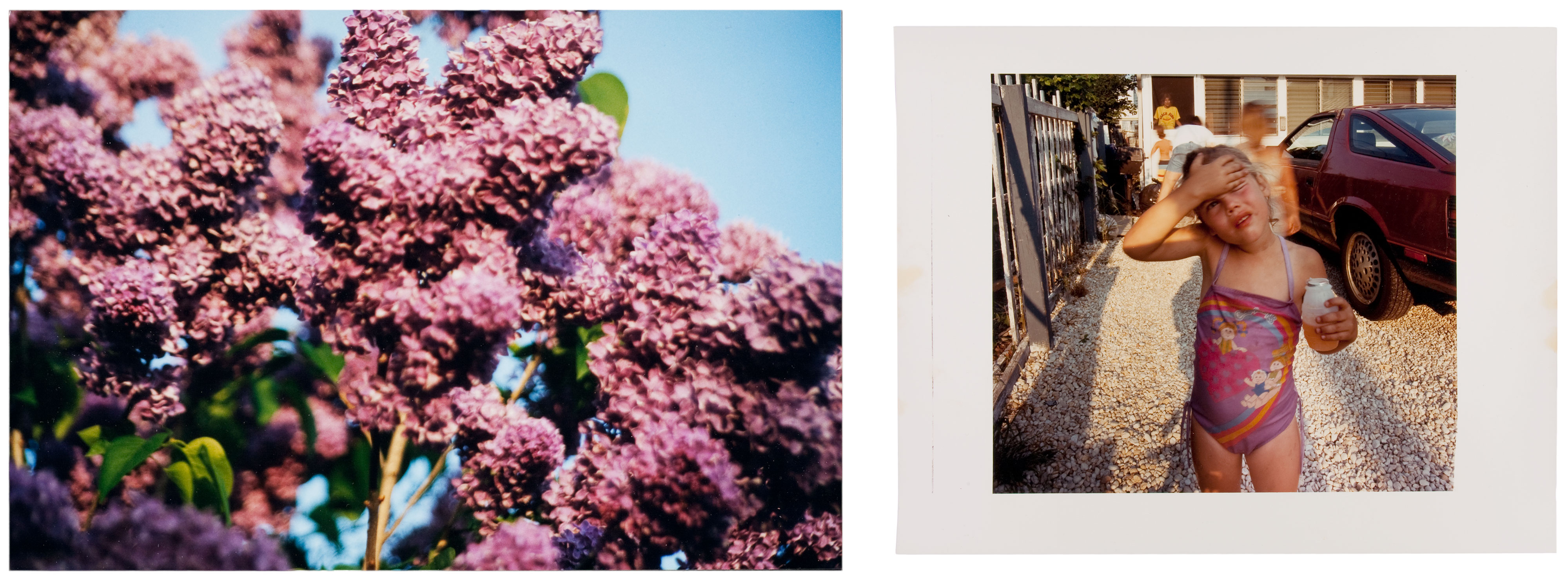
These RC prints were made in the 1980s and 1990s and exhibit good dye stability. The borders of the second print are showing slight discoloration.
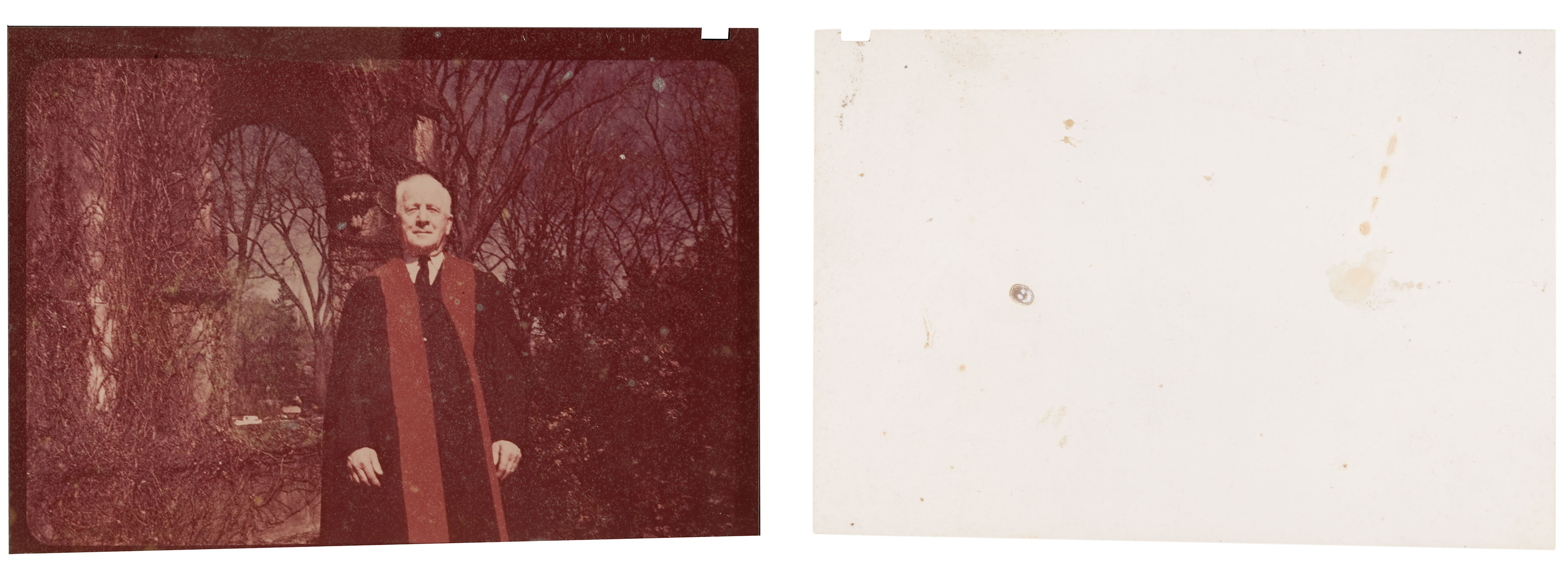
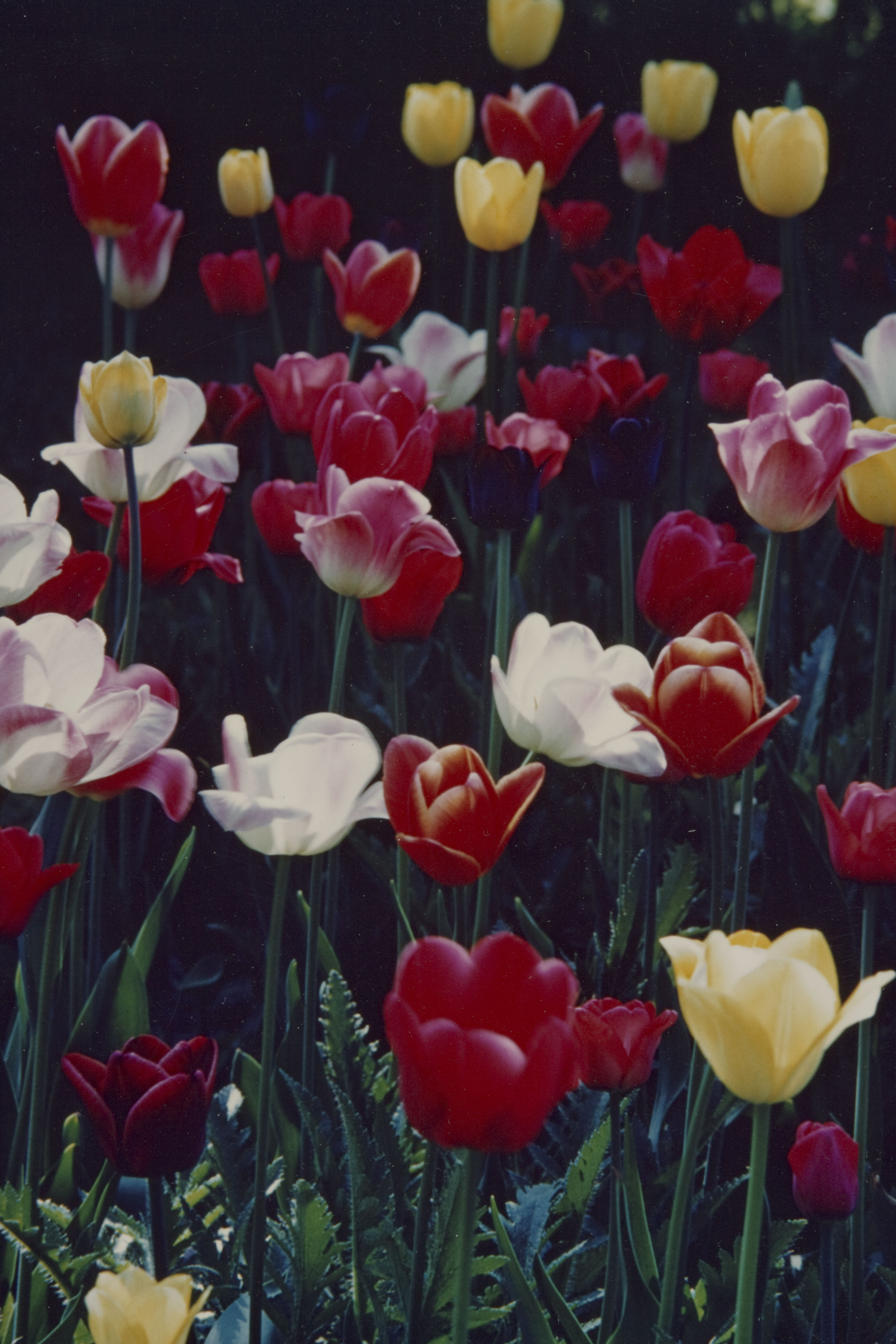
Kodachrome prints were made with external dye coupler technology and therefore have significantly better dye stability.
- American (in.) :3 ¼ wide x variable length; 3 ½ x 3; 3 ½ x 5; 4 x 6; 5 x 7; 8 x 10; 11 x 14; 16 x 20; 20 x 24; 20 x 30; 24 x 30.
- European (cm): 9 x 13; 10 x 15; 13 x 18; 18 x 24; 20 x 30; 30 x 45.
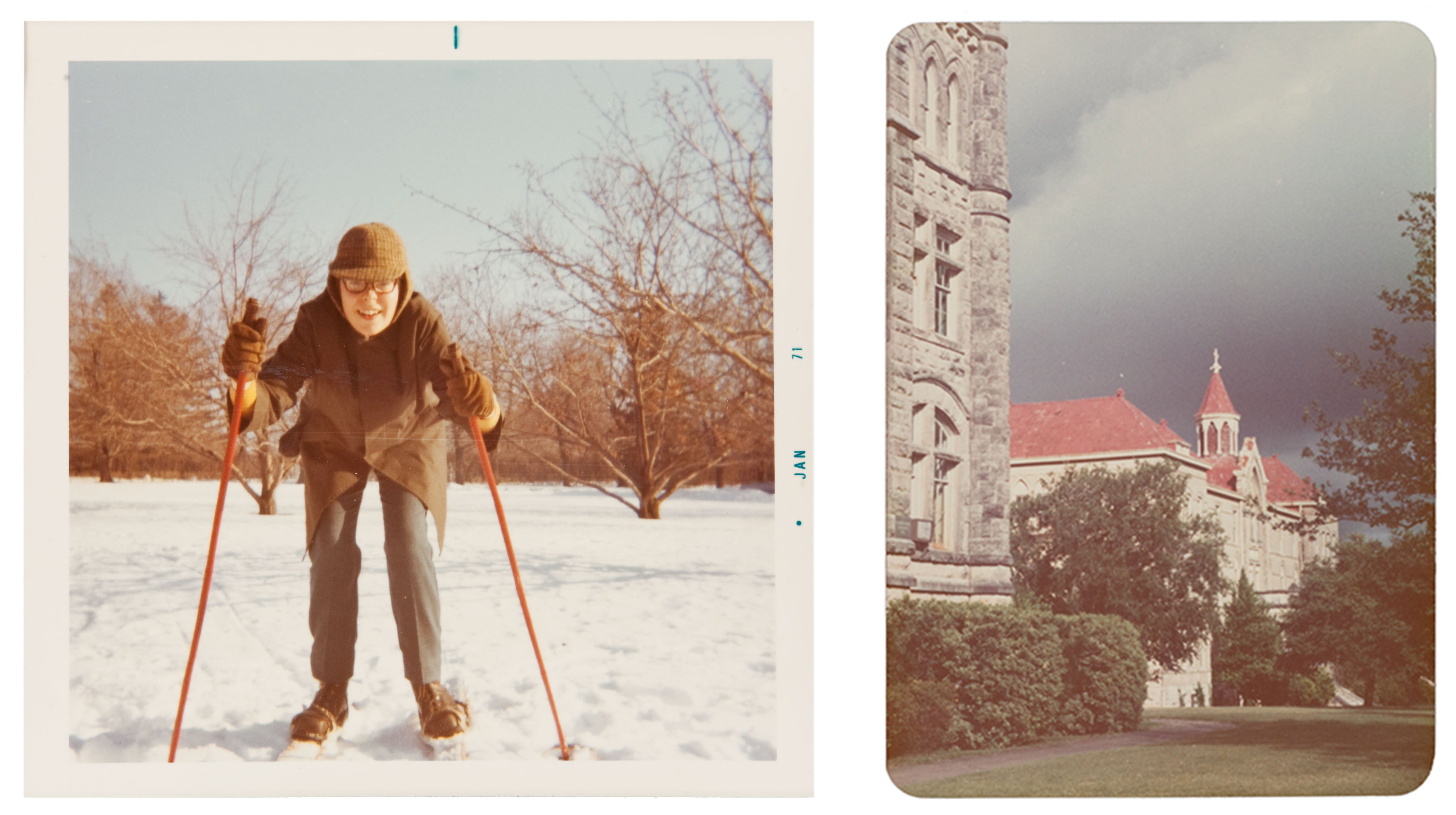
This earlier 3 ½ x 3 inch print was printed with borders, which tended to yellow over time. The later 4 x 6 inch print was made without borders.
Chromogenic prints often, though not always, have a backstamp or back print identifying the paper manufacturer. This information can help to identify a color print as chromogenic and can also help date prints. Backstamps used for Kodak print materials from 1942 to the 1960s often include processing date. Beginning in 1958 Kodak begin to include a backprint on their products. Other manufacturers also include backprints. In 1960 it became possible to optically print the processing date in the border of the print. In the 1970s most prints were made without borders and therefore may not have processing a date. However, beginning in the late 1970s some photofinisher companies could print text, including processing date and exposure information, on the back of prints.
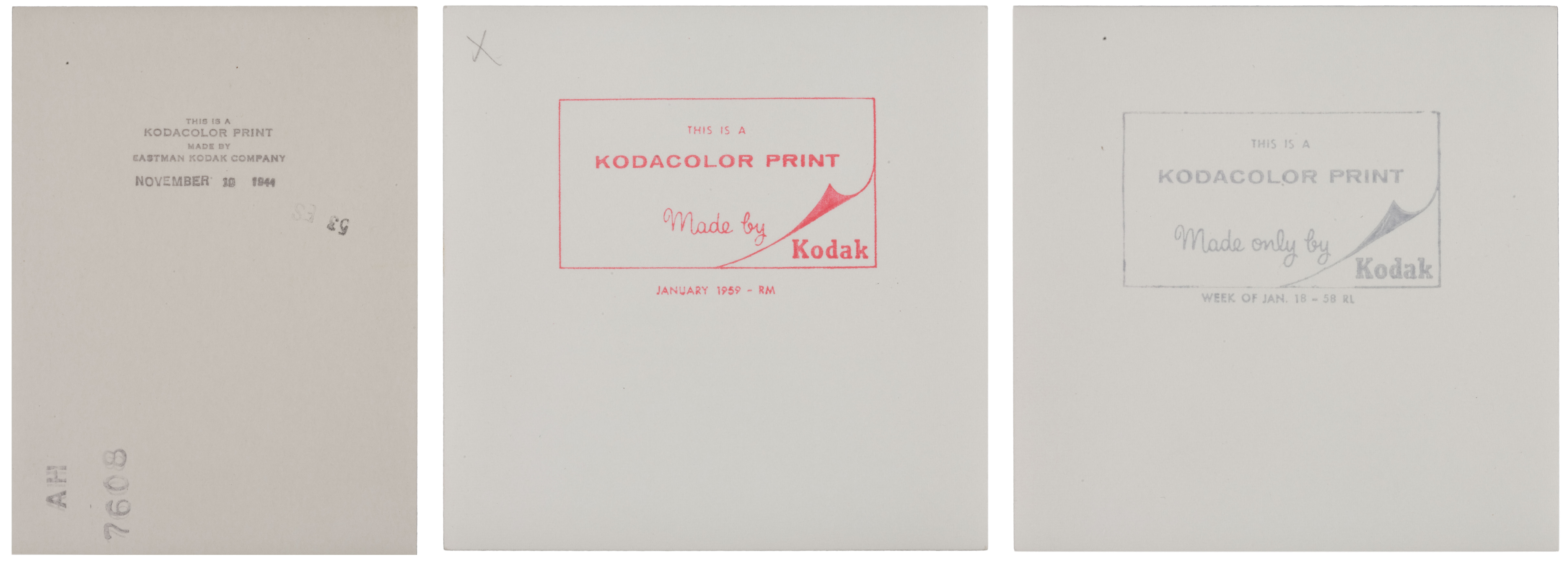
Prints made between 1942 and the 1960s have a backstamp which usually includes the processing date.
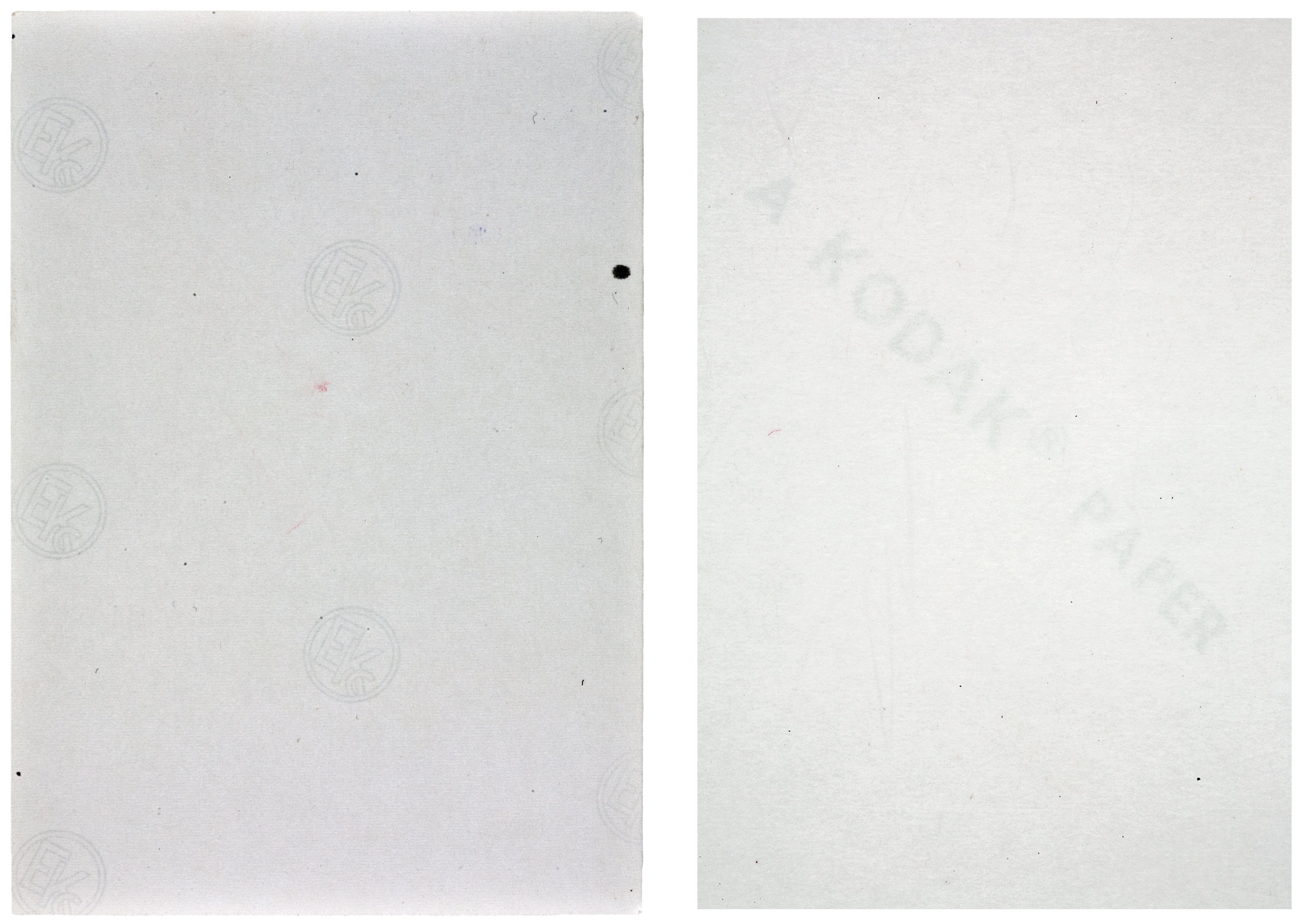
Beginning in 1958 Kodak begin to include a backprint on their products.
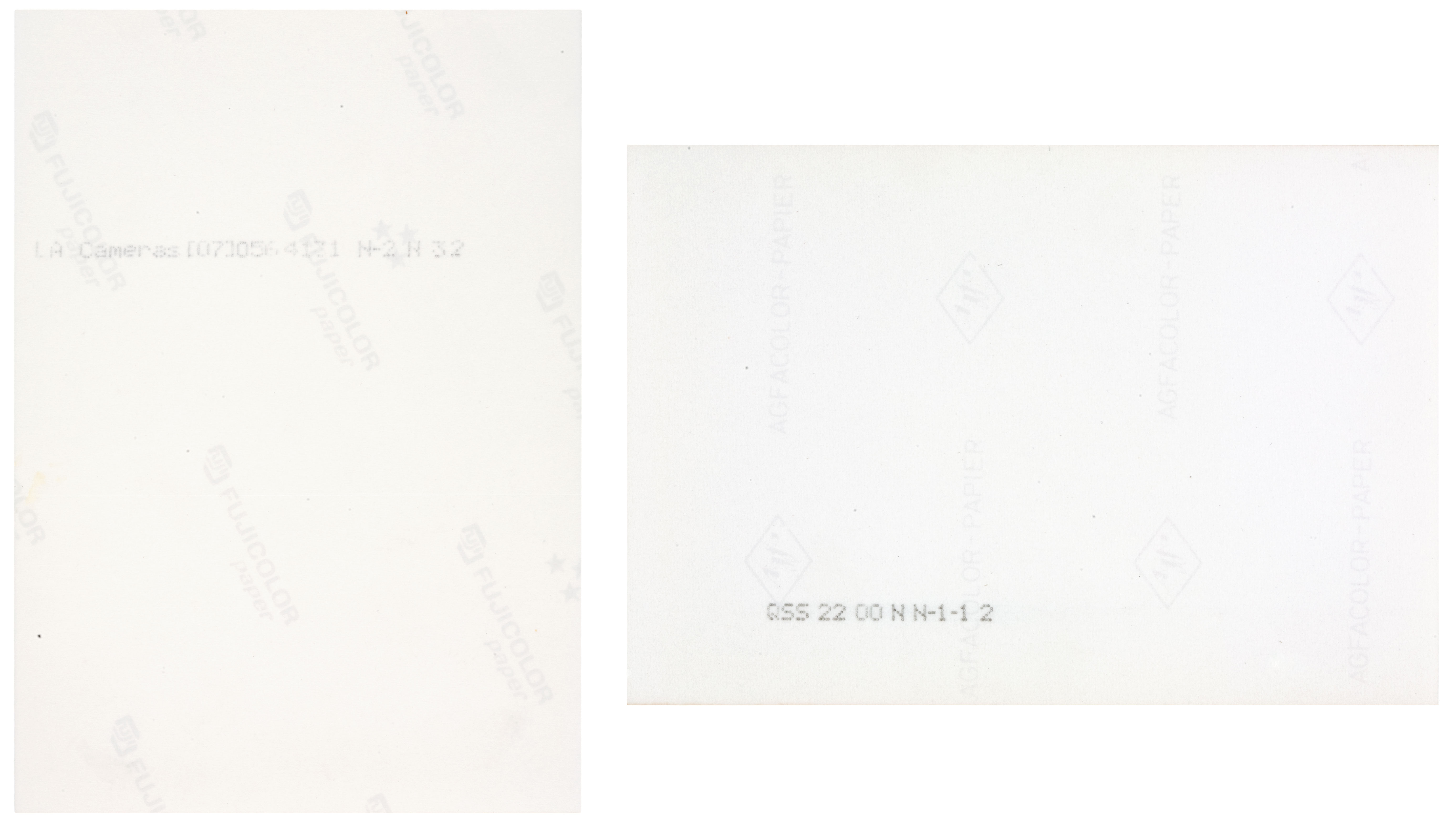
Other companies also included backprints. Also, beginning in the late 1970s some photofinisher companies could print text, including processing date and exposure information, on the back of prints.
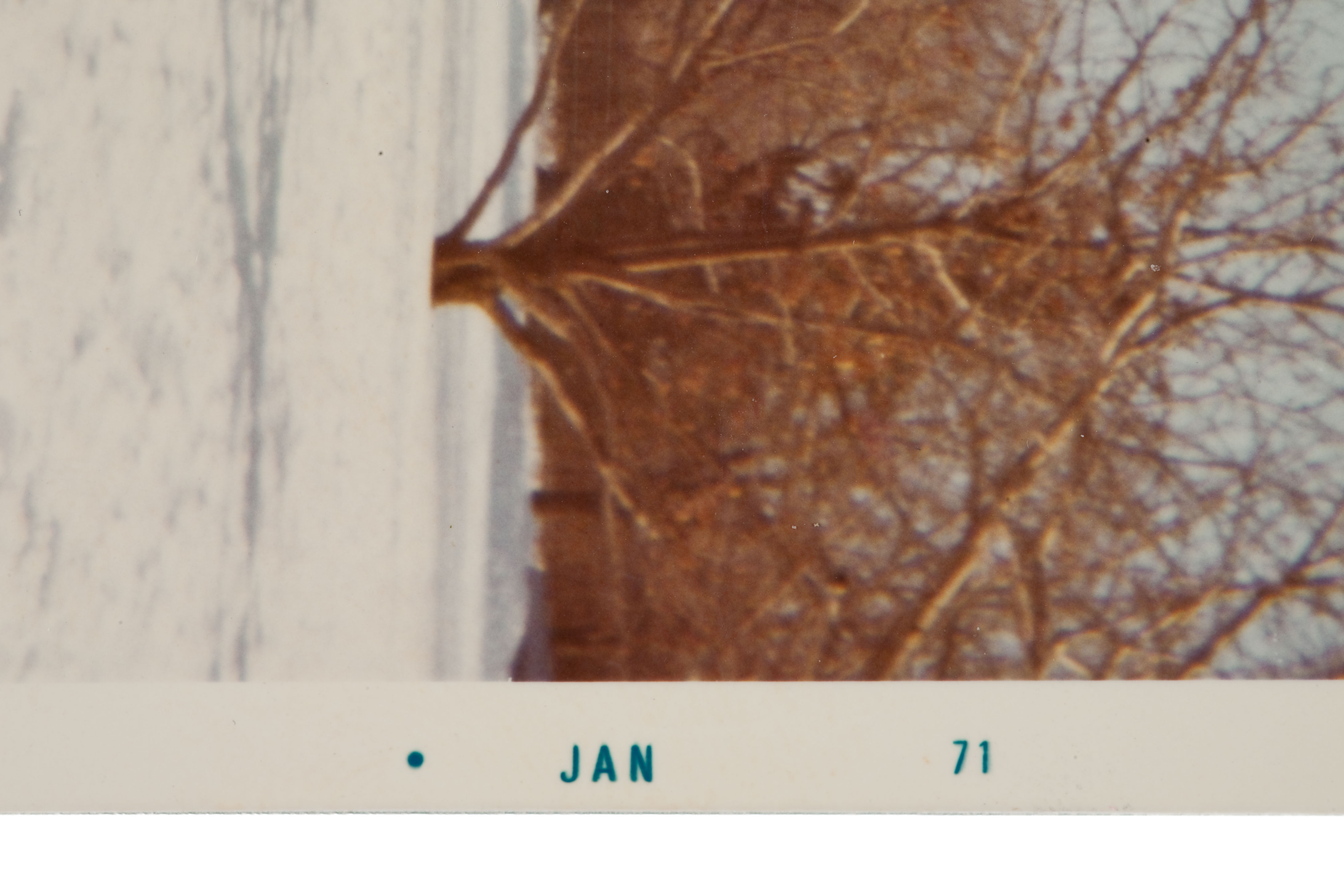
In 1960 it became possible to optically print the processing date in the border of the print.